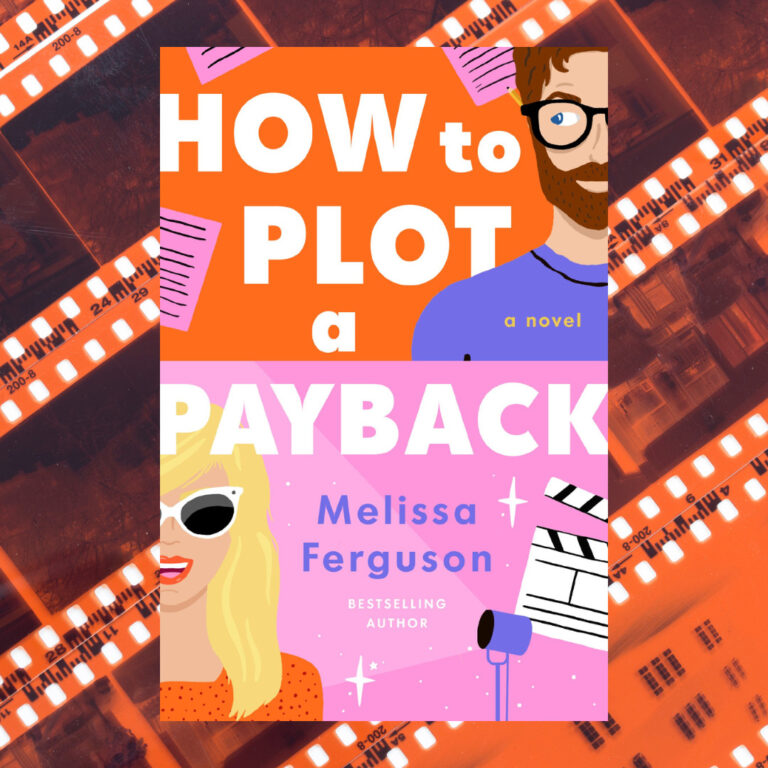One of my favorite things about writing historical fiction is exploring how the past influences the present, celebrating the tradition of passing stories down between generations, and examining how our family shapes our understanding of who we are and where we come from. When I began writing my historical fiction debut, Next Year in Havana, I wanted to celebrate these traditions and honor my own Cuban legacy. I began crafting a novel that told two stories—that of Marisol, a granddaughter traveling to Havana in the present day to scatter her grandmother’s ashes in the land from which she was exiled; and that of Elisa, her grandmother, living in Cuba in 1958 and surrounded by the turmoil and political violence of a country on the brink of revolution.
Writing a multigenerational story provides a link between time periods, and gives both readers and writers the ability to feel as though they are time travelers of sorts, traversing both past and present. It allows readers to feel as though they are both part of the story—going through the events of the past in real-time with the characters—and as though they are historians, studying it from the perspective of someone looking back in time.
As I began crafting both narratives in Next Year in Havana, I was surprised by the parallels that began to emerge between the two women’s lives, as a legacy developed between them, a connection that spanned multiple generations. In the contemporary storyline, my heroine Marisol arrives in Havana, her images of the city formed from her grandmother’s stories. She comes to Cuba with the mission of not just scattering her grandmother’s ashes, but of also finding the perfect resting place for them, and in this charge Marisol finds herself on a quest to follow her grandmother’s footsteps that mirrored my own experience exploring my family’s history while writing the book. The reader unravels the mystery of Elisa’s life alongside Marisol as she searches for the right place to lay her to rest.
In Elisa’s story, you see the events that shaped her as a person, that she later conveyed to Marisol, and in turn shaped Marisol’s identity. These parallels highlight the importance of family, loyalty, and courage, in addition to a love of country that develops in both women. In writing a multigenerational story, I found it fascinating to see these characteristics develop in Elisa’s timeline and then watch the effects of them flourish in Marisol’s, as well as to see the clues develop that Marisol would later follow when searching for the appropriate resting place for her grandmother.
Telling a story from the perspective of a multigenerational family also illustrates how world events touch everyday lives, and in the particular case of Cuba, demonstrates how the effects of the Cuban Revolution and its aftermath—especially exile—are still ongoing. That it has influenced not only the generation who experienced it firsthand, but also subsequent generations whose sense of identity was crafted by the exile experience.
For me, the question of identity has always come down to family. My sense of my own Cuban-American identity is largely influenced by the stories that were handed down to me about Cuba—an island I was only able to visit through my family’s memories, the language that was taught to me at such a young age, the music that filled the rooms of my house, and the food we ate each night. These traditions were passed down so naturally that at the time, I didn’t realize I was picking up a mantle, preserving it, and then in turn sharing it with my own family as it became part of our history. I became a historian as well, preserving my family’s history and ensuring that it formed part of our future.
Multigenerational stories celebrate the role that oral tradition plays in families, the importance of passing on a piece of our history to the next generations and preserving those pieces that are given to us by older generations. This is especially important in diaspora or exile communities where those stories are often the only pieces left. For Cubans, so much of family history is oral because those who fled after the revolution were unable to take much with them, and so instead they relied upon the strength of their memories. This has injected a truly personal relationship to history. My grandparents were instrumental in shaping my Cuban identity and that sense of belonging to a broader Cuban community has always been tied to my connection to my family.
Ultimately, writing a multigenerational story taught me so much not just about my characters, but about myself. While working on Next Year in Havana, I felt as though I brought a part of my grandmother back to life as I was able to fill in the memories and stories she’d shared with me, exploring the island she loved so faithfully. It gave me a broader appreciation for the sacrifices of those who came before me and gave me a richer sense of my own Cuban identity. Telling the story of the Cuban Revolution across generations enabled me to show that for many, the revolution is still ongoing, the never ending toast, “Next year in Havana,” a testament filled with hope and passed down from grandparents and parents to their children












